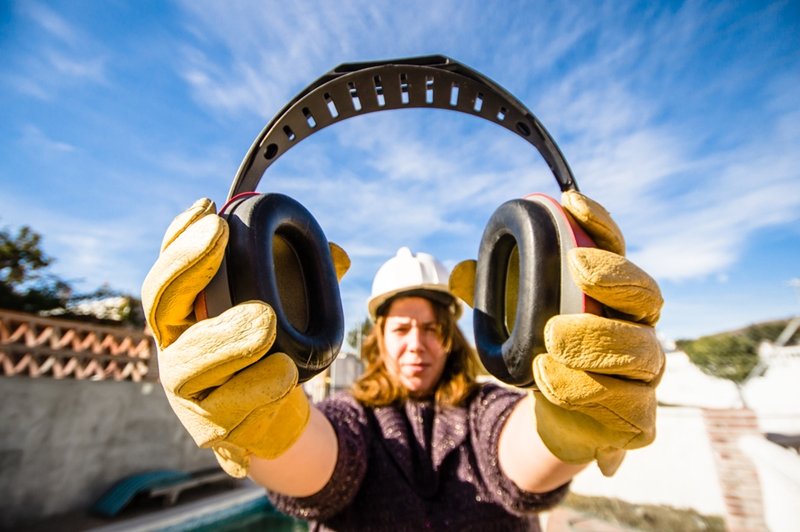5 August 2015
From quads to heavy machinery, agribusinesses have plenty of hazards that operators must protect against to maintain the safety and security of their farms.
In addition to obtaining appropriate liability cover and other farm insurance options that can cover incidents like personal accident and illness, farmers actively remove unnecessary hazards and take measures to reduce risk.
However, a recent study published in the April 2015 issue of the Australian Journal of Rural Health (AJRH) revealed a very important health and safety consideration that may be slipping under the radar: noise levels.
51 per cent of Australian farm workers are 'regularly exposed' to dangerous noise levels.
Dangerous noise levels on Australia's farms
According to the research, over half (51 per cent) of Australian farm workers are 'regularly exposed' to dangerous noise levels. By dangerous, the study considers levels that are higher than the Australian Exposure Standard.
Although many people assume men are more likely to be affected by farm safety concern, the report indicated men and women had equal levels of exposure - likely because women are increasingly taking on the same roles as their male counterparts.
Farm Safe WA noted that for most states, the occupational health and safety standards permit a maximum of 85 decibels at the ear (dB(A)) over eight hours. You can have a greater number of decibels, but then the duration must be reduced. To put this level in perspective, an idling tractor produces 80 dB(A) at operating distance - which is not harmful. However, a working tractor with a cab creates 85 dB(A) (generally safe for eight hours of exposure), whereas a working tractor without a cab can cause damage in 15 minutes, putting out 100 dB(A).
High-volume noise can come from a variety of sources in agribusinesses, many of which are core parts of farm operations. Firearms, tools, vehicles and large machines like grinders can all be culprits.
Why noise safety is a big deal
Exposure to dangerous noise levels can cause hearing loss and ringing in the ears (tinnitus). Australian Hearing emphasised that loud sounds can cause irreversible damage and harm can build up cumulatively over time.
The AJRH report outlined the negative impact these conditions can have on people's lives, further highlighting the need to include this in efforts to improve farm safety.
"Hearing loss impacts across life, work and family domains and has significant adverse psycho-social effects on those involved. Notably, people with hearing loss report increased rates of affective mood disorders and poorer social relations," the authors explained.
Farmers tend to be at greater risk of hearing problems, particularly because their working environment often includes regular and extended exposure to loud noise.
What you can do to reduce exposure to too much noise

You can't stop the grinders or cease operating your tractor. However, there are steps you can take to prevent machines like these from damaging your hearing or your workers' and families' ears.
The first step is identifying hazards - which means understanding just how loud your equipment is. Farm Safe WA suggested using a sound level meter to measure volume or a noise dose meter that an individual can wear to track how much noise he or she has been exposed to throughout the day.
If you do have excessive noise, it may be time to make some changes. Whether that means investing in different equipment or implementing policies such as requiring workers to wear protective muffs or plugs. You could also have farmhands switch up their responsibilities to lessen exposure, or require people to stand further away from loud facilities when they aren't required to be close.
Like with other risk management strategies, a comprehensive approach is best. By eliminating unnecessary hazards, putting procedures in place to lessen negative effects and seeking adequate farm insurance to transfer some of the financial risk, you can help protect both your business and your workers.